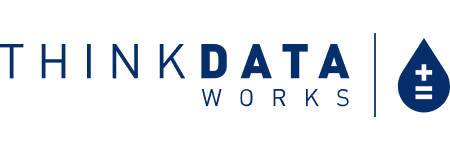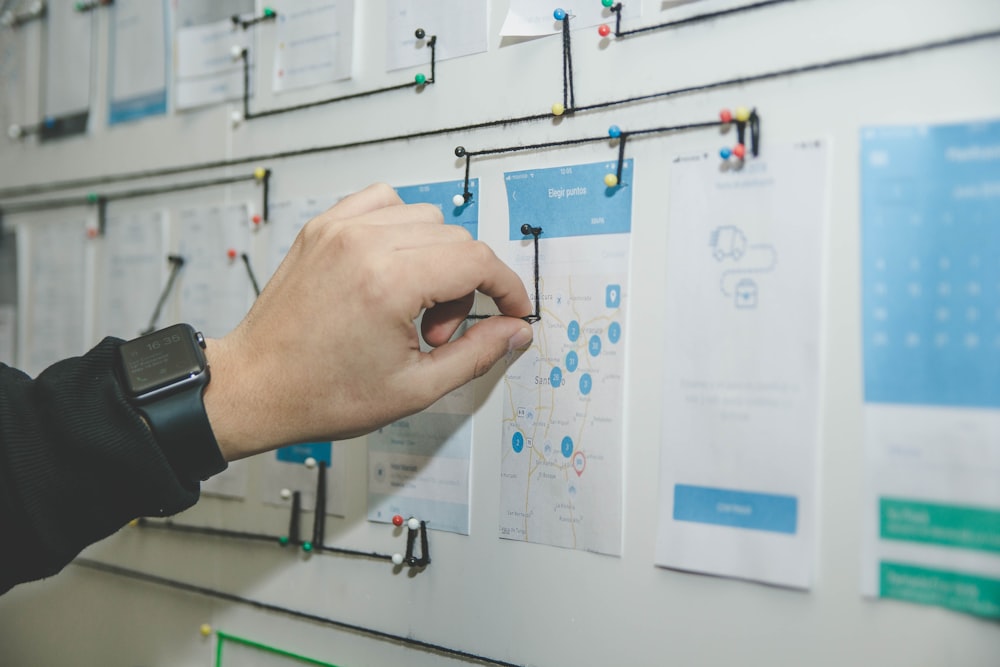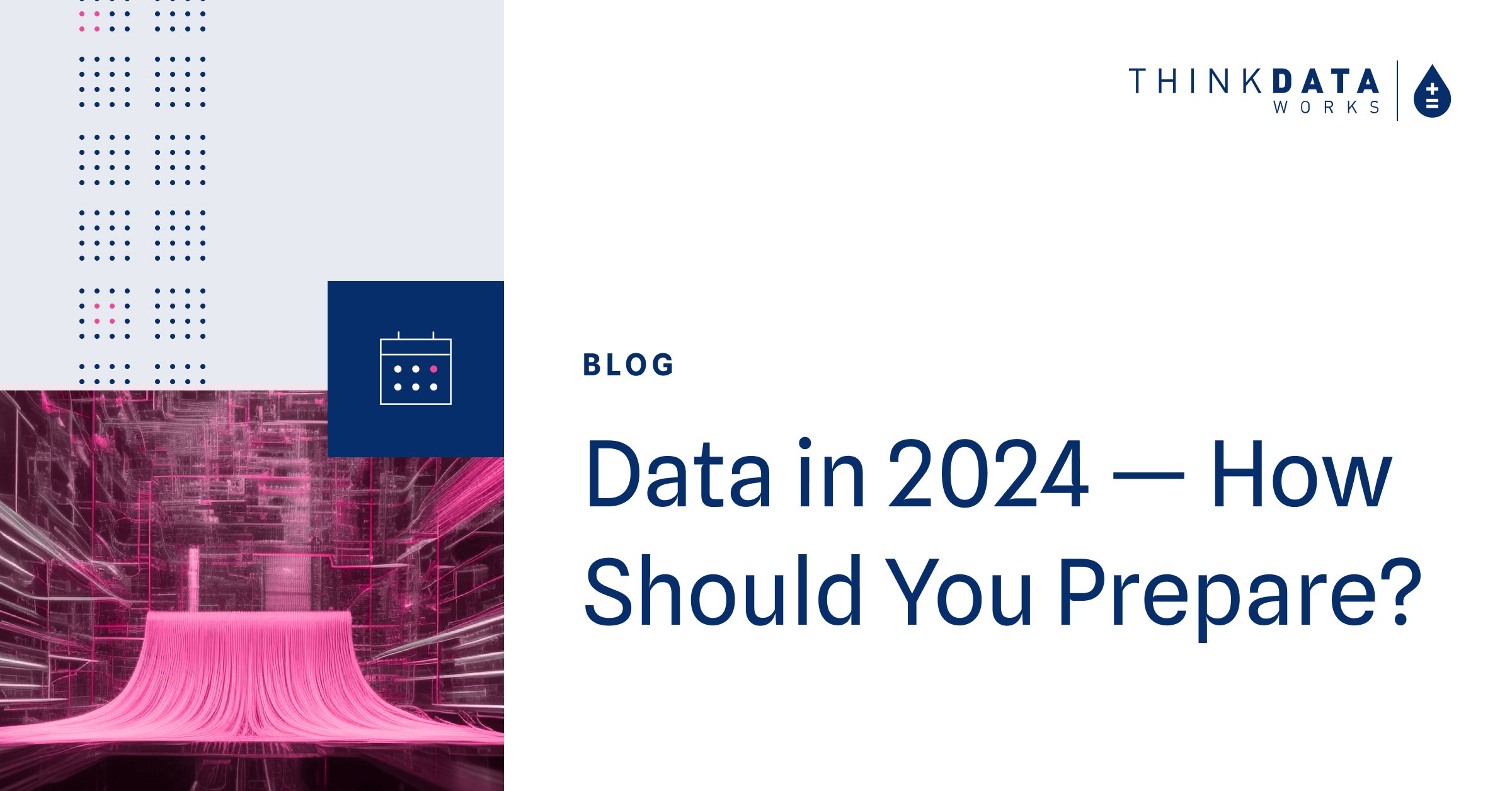4 min read
4 min read
How to better leverage data for risk management and crisis response
![]() Luke Reimer
September 8, 2023 1:06:16 PM EDT
Luke Reimer
September 8, 2023 1:06:16 PM EDT
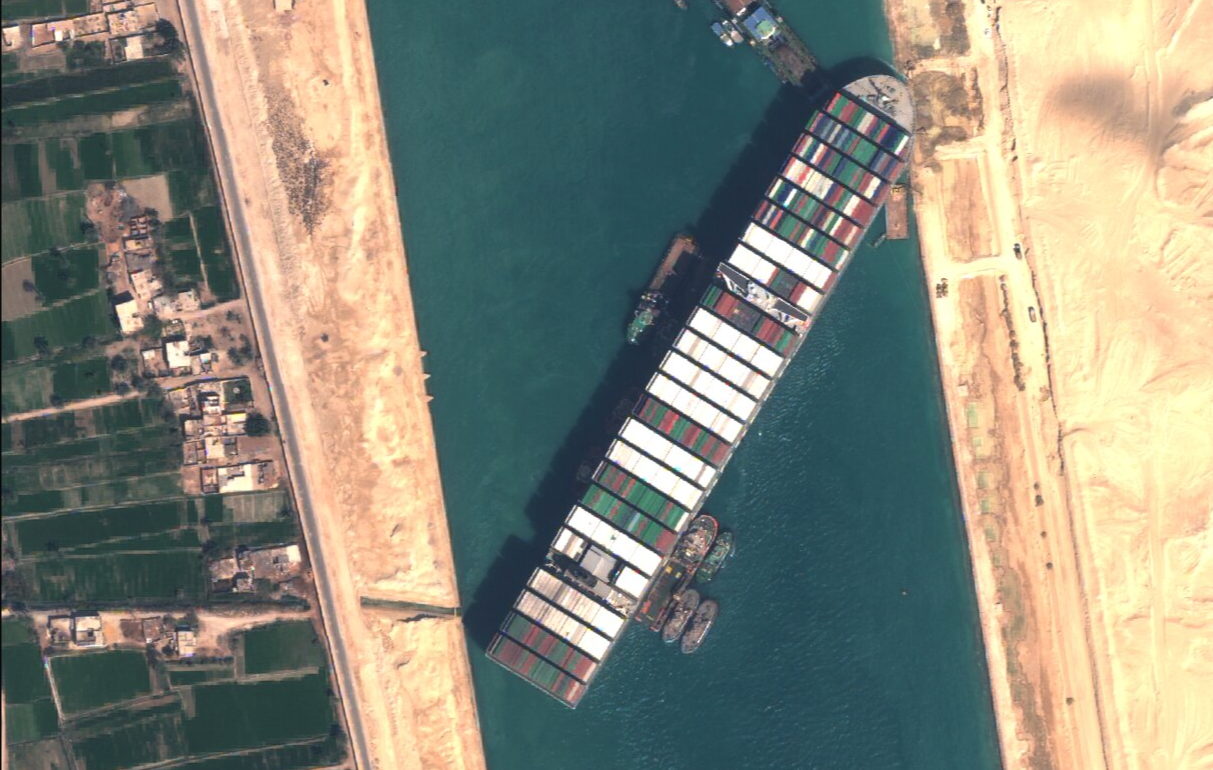
It’s becoming increasingly difficult to manage risk in a global climate that’s growing in complexity. On the other side of this coin, however, is an opportunity to drive competitive advantage for risk management and crisis response services. The organizations that are coming out on top are especially able to generate insights and customer value from two pillars: data and analysis.
Achieving this advantage involves 5 steps:
- Defining business objectives;
- sourcing valuable data;
- integrating and analyzing those data assets;
- measuring and adjusting your approach; then
- scaling the program to drive growth.
ThinkData Works partners with risk management and crisis response organizations to both supply uniquely valuable data assets as well as effectively integrate, govern, and distribute data to teams and applications that can use it to drive customer value and revenue growth.
Define your objectives
Risk management strategies seek to identify, assess, mitigate, and monitor risks in order to preserve stability and minimize fallout like unforeseen costs. The critical first step is risk identification, which allows for improved awareness of potential threats and vulnerabilities that can impact an organization. Without this awareness, it’s difficult to take proactive measures to mitigate risks.
Here are a few of the types of threats that you may seek to better identify as part of your objective-setting:
- Economic threats like international trade variability, downturns, inflation, and currency exchange rate fluctuations
- Operational threats like supply chain disruptions, equipment or technology failures, and labor disputes
- Financial threats like liquidity, fraud, theft, and debt servicing parameters
- Regulatory threats like intellectual property disputes, lawsuits, and fines or penalties
- Cybersecurity threats like data breaches, ransomware, phishing, and disruption of online services
- Reputation threats like negative publicity, social media backlash, and product recalls or safety issues
Any of these threat categories can cause critical issues that have cascading effects like rising costs, delays, increased shelf prices, and more. Being aware of them in advance by leveraging better data puts you in an advantageous position compared to your competitors.
Identify valuable data
In today’s data-rich world, the key challenge is not that the data isn’t out there. You need to be able to address the challenges of data quality and relevancy, and your organization’s ability to harness data to drive insights and analysis that accelerate time-to-value. Sourcing high-quality data from outside your four walls can be an involved process. Here’s a starting point on where to look:
- Data providers and brokers
- Market research firms
- Government agencies that publish open data like Data.gov
- Trade associations and industry groups
- Subscription services like Bloomberg Terminal
- Data Marketplaces such as AWS Data Exchange or Snowflake
- Social media, web scraping tools, and crawlers
- APIs such as those offered by weather apps
- Open data initiatives and data trusts
ThinkData Works was founded on a vision of helping businesses achieve more with data. Over the past 10 years we’ve partnered with governments and businesses, built data integration, quality, and management software and, along the way, developed ultra-high quality data assets designed to help companies in the risk management and crisis response industries succeed.
Spotlight: Leverage Trade Data to Identify Operational Threats
ThinkData Works’ standardized and enriched Trade Data enables a deep, current, and evolving lens into global trade, delivered as product-ready data feeds for analysis. Transaction-level data provides a holistic view of planned shipment, with coverage up to 6 weeks prior to export, and event data provides shipment movement and status tracking of deliveries.
This combination of transaction and event data has been used to identify supply chain vulnerabilities as a result of the Russia/Ukraine conflict, recommend alternative suppliers during the Suez Canal blockage, and is leveraged by global banks to combat global money laundering.
Connect, Manage, Analyze
Data doesn’t provide much value in a vacuum, no matter if it’s on-premises or in the cloud. But once you connect your data and analysis tools in a cohesive data fabric, you unlock incredible opportunities.
We believe that a next-generation data catalog platform is the stepping stone between data assets and insights that produce growth. Automatic warehouse discovery and metadata harvesting from over 40 sources, standardization and enrichment through a highly trained ETL, and a modern user interface that promotes discoverability for analysts and data consumers set us apart.
Connecting your external and internal data assets to a next-generation catalog platform allows you to understand what data you have, its quality and utility, where it’s being used, how it changes, and who has access. Quality, discoverability, observability, governance, automation, and integration are critical components of a data fabric that produces results.
Once your data is connected and understood, you can equip analysts by pushing to Business Intelligence applications, data science tools, and so much more -- resulting in a data-driven culture and competitive insights at your fingertips.
Measure & Adjust
Effective risk management is an iterative process. To maximize value derived from your data-driven strategy, it’s crucial to continually review, measure, and adjust your approach to maximize efficiency. This step involves monitoring the performance of your risk management and crisis response efforts against the objectives you defined earlier.
Key Performance Indicators of a risk management proven could include:
- Risk Exposure Index
- Risk Mitigation Rate
- Incident Response Time
- Compliance Adherence
- Customer Satisfaction
By developing an understanding of how your data assets are helping you to achieve your KPIs and overall objectives, you can evaluate the utility of your data program and manage your investments. Understanding how your data is being leveraged is also critical to data governance. Connecting previously under-utilized data to analysis tools, or even discovering a dimension of data that you may already have access to, are further benefits of a next-generation data catalog platform.
Scale Up
You have clear objectives, a line on highly valuable data assets, the ability to connect them to intelligence tools to produce insights, and understand how the program is performing. Now it’s time to scale by adjusting your approach based on KPI attainment. Here are three tips for scaling your program from here:
- Cut the fat by retiring data assets, tools, and approaches that aren’t driving growth or pushing you towards your goals. One way to manage data program costs without losing data, for example, is to monitor to understand your least used data and push it to your lowest-cost option for data storage, such as on-premises or cloud archives.
- Double down on what’s working by highlighting what data assets have consistently high data quality, and those that are most useful or impactful to your program’s objectives.
- Stay adaptable by continually exploring new sources for data, new ways to leverage data to drive insights for risk management and crisis response, and staying on top of trends in the fast-paced world of business data assets, tools, and technologies.
In today's ever-evolving global landscape, the management of risk has become a formidable challenge. As our world grows in complexity, so do the risks that organizations must contend with. However, within this challenging terrain lies a remarkable opportunity for those engaged in risk management and crisis response services. This opportunity hinges on two indispensable pillars: data and analysis.
Throughout this article, we've explored a comprehensive strategy in five key steps that can transform risk management and crisis response. These steps are not just a theoretical framework, but a practical roadmap that organizations can follow to thrive in a turbulent environment.
Take the next steps by exploring:
- Trade Data that will become your competitive edge
- A Next-Generation Data Catalog to better connect, manage, and share your data assets
Or, book a free data consultation session with one of our experts.
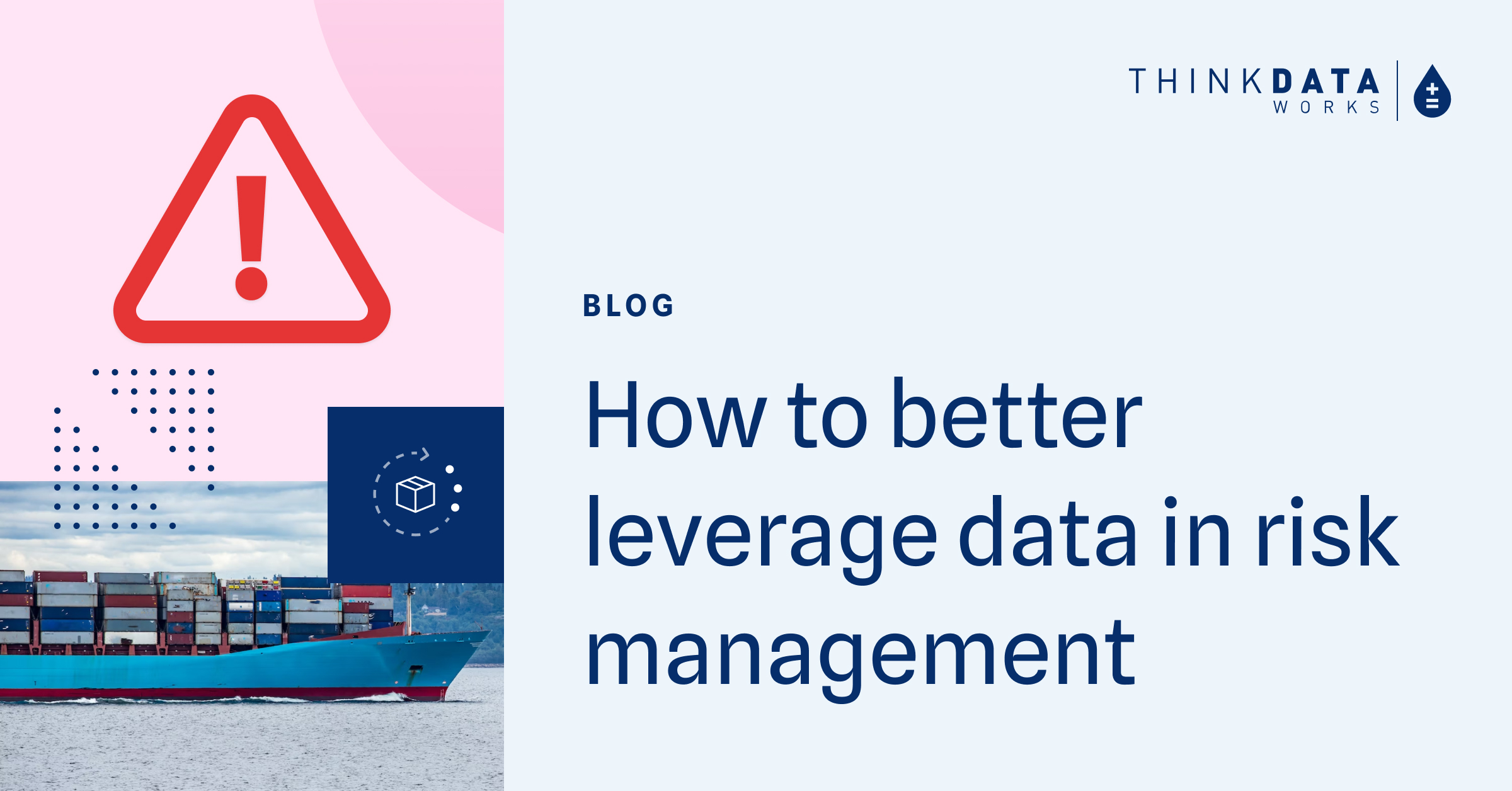
4 min read
How to better leverage data for risk management and crisis response
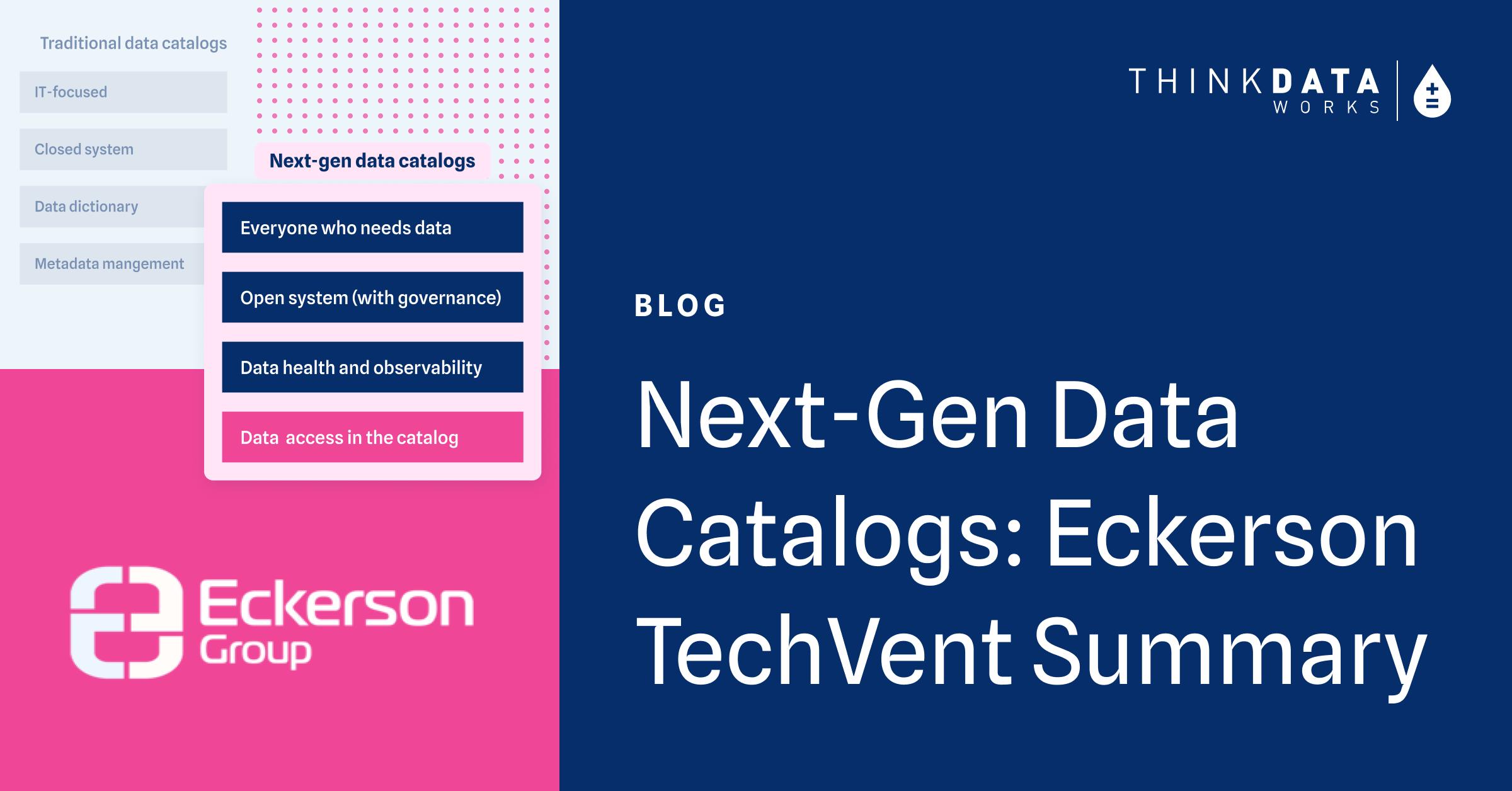
3 min read
